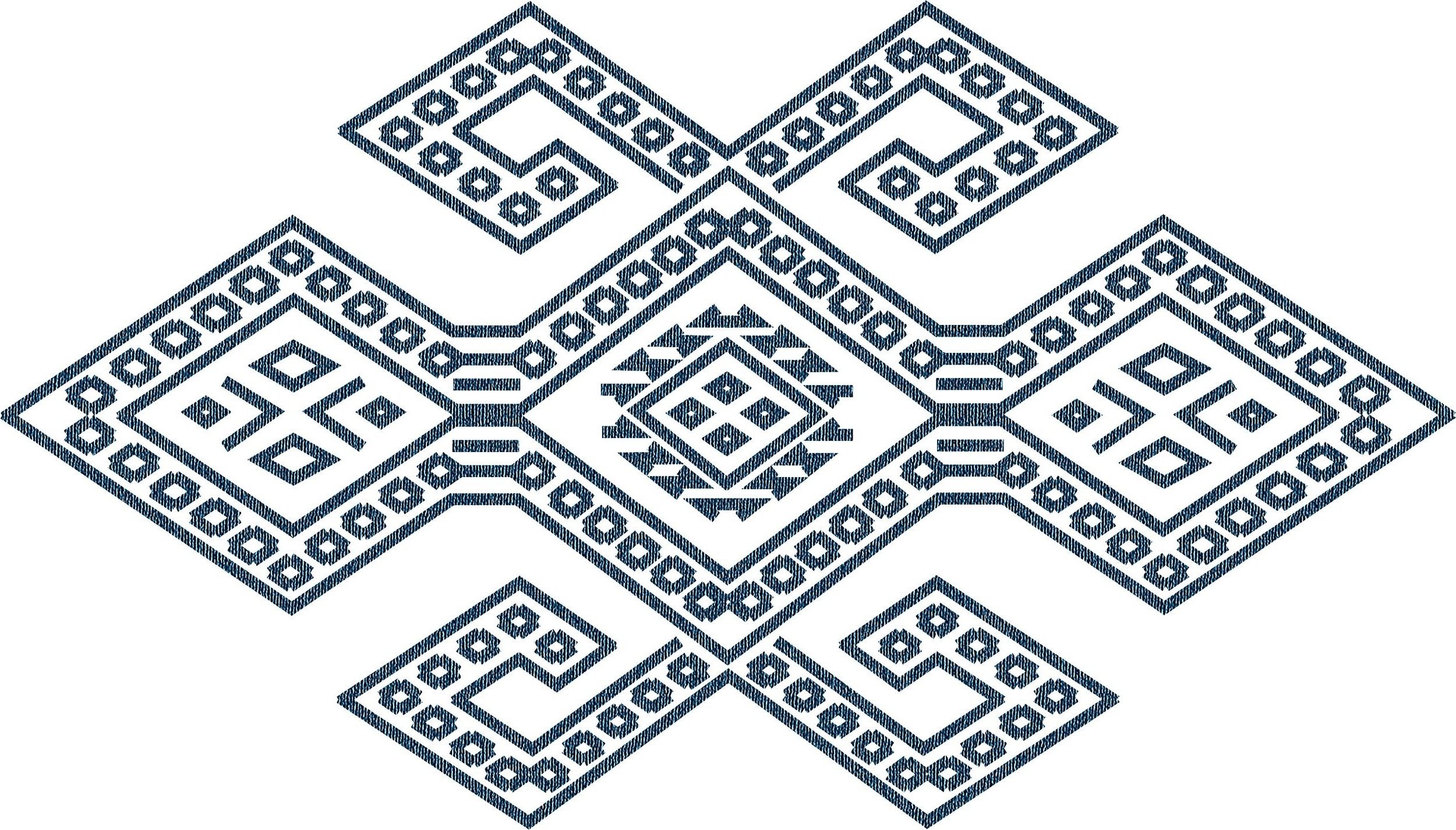MEANING IN THE WEAVE
We named our company after the symbology so vital to Laotian culture.
32 Spirits refers to the belief in the beauty and power of animals both mystical and earthly, and of rocks, rivers, flowers and insects that are woven into our textiles.
These motifs are held in the highest regard by the people in Laos and symbolize life's deepest desires for health, prosperity, and harmony.
Connection with the Past
The religious underpinning of the Lao culture is a practice of Theravada Buddhism combined with animism, which is a strong belief in spirits. Motifs reflect links to the ancient past, the worship of ancestors so prevalent in many Asian cultures and their connection to animism and Buddhist beliefs. Primarily representing mythical creatures and ancestors from their stories of creation and the afterlife, these symbols carry power and healing.
The Significance of a Single Thread
One of the most practiced ceremonies in Laos is the Baci. Led by a village elder to bestow blessings or to mark an important event, the Baci ceremony is a calling of the souls, or a SOUKKWHAN. The village elder and village residents gather to call upon the 32 spirits or vital forces that must come together for optimum health and harmony.
Symbology
You may have noticed our current line of products feature recurrent motifs or symbols. Neither this list nor its order is definitive; the list of spirits was created not by scholars but by our friends and colleagues in Laos whose everyday lives are infused and influenced by these vital forces.
-
PHII NYAK or GIANT SPIRIT
PHII NYAK or GIANT SPIRIT is regarded as The Protector. In our textiles, the Giant Spirit is shown with two arms forming spirals. A second Spirit is mirrored below. This motif is often used on door curtains where the Phii Nyak stands guard against intruding spirits.

-
SIHO or ELEPHANT
The SIHO or ELEPHANT motif symbolizes great strength and keeps illness and injury away. Riding on its back is the SPIRIT RIDER or KHON BUHAAN, a is shown riding with arms held high and represents the Shaman who travels to the afterlife to seek counsel from ancestors.

-
KHOM-SONH or DIAMOND
The KHOM-SONH or DIAMOND is an important shape, open to many meanings including fertility and a bountiful harvest. It is the motif on a Shaman’s head cloth, and is a powerful symbol also called the “sacred eye” which lights the path to the afterworld. Inside the diamond, the weaver has placed a Sun motif, also known as a Buddhist Sunflower or DORK TAWAAN.

-
NAGA or MYTHICAL WATER SERPENT
NAGA or Mythical Water Serpent has magical powers. They are seen as benevolent beings that protect the home. They live in rivers and are connected to the water needed to sustain the rice harvest. Naga is the connection between heaven & earth, assisting Buddha as he meditated in the days leading up to enlightenment.

-
STRIPE
The STRIPE motif is a symbol for RAINBOWS. Stripes are commonly found in waistbands and the hems of tube skirts worn by women and shamans. Rainbow patterns often appear in the belly of the HONG or Magical Swan motif, symbolizing fertility.


